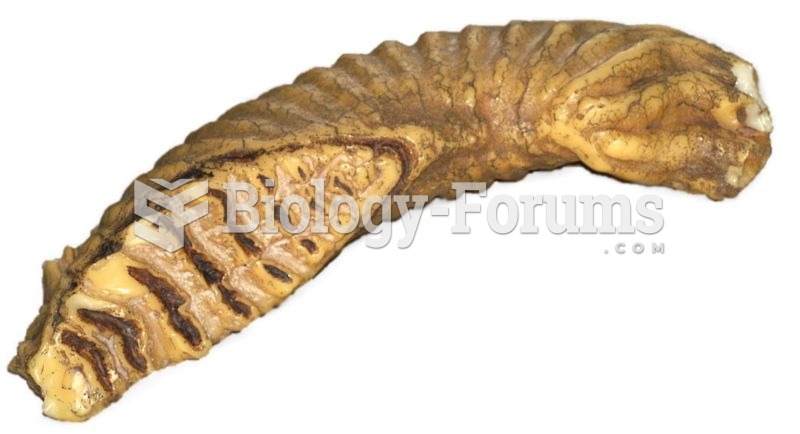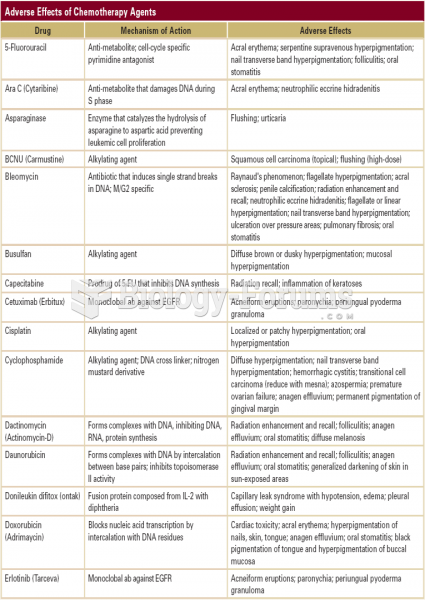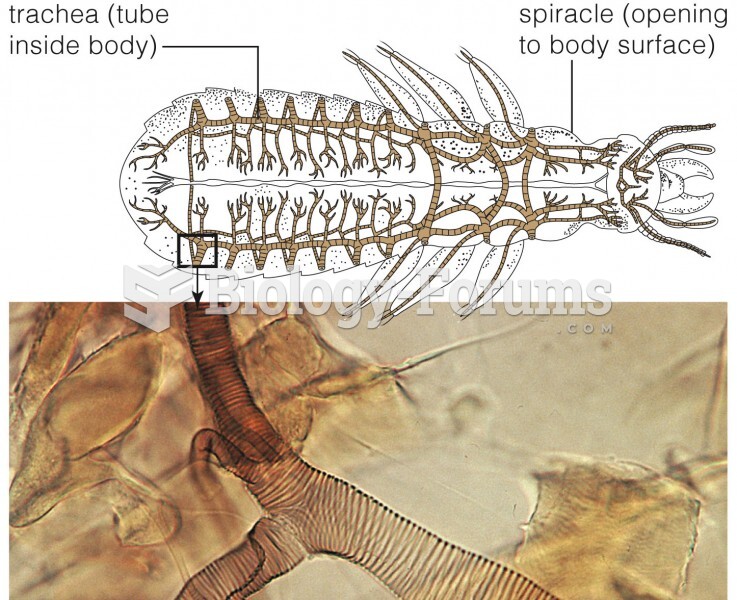|
|
|
People with high total cholesterol have about two times the risk for heart disease as people with ideal levels.
The Romans did not use numerals to indicate fractions but instead used words to indicate parts of a whole.
In inpatient settings, adverse drug events account for an estimated one in three of all hospital adverse events. They affect approximately 2 million hospital stays every year, and prolong hospital stays by between one and five days.
Elderly adults are at greatest risk of stroke and myocardial infarction and have the most to gain from prophylaxis. Patients ages 60 to 80 years with blood pressures above 160/90 mm Hg should benefit from antihypertensive treatment.
For pediatric patients, intravenous fluids are the most commonly cited products involved in medication errors that are reported to the USP.







